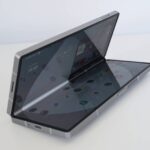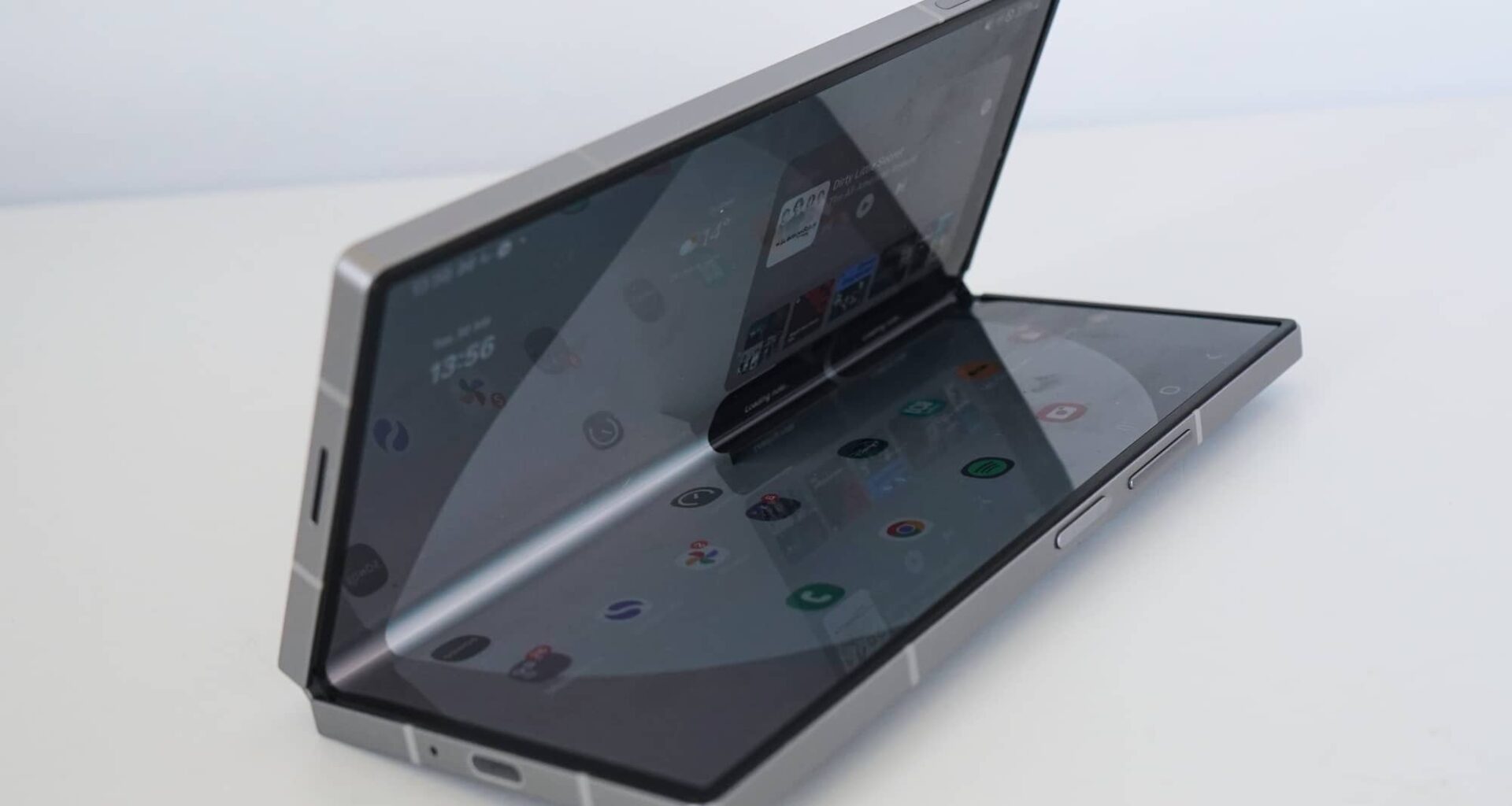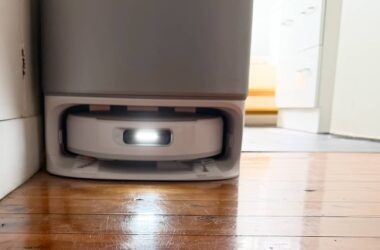Quick review
The good
The not-so-good
Now in its sixth generation, Samsung’s foldable formula is being ironed out. Is the Galaxy Z Fold 6 the best generation? And does it bring anything new?
It’s been an interesting few years for phone designs. While many the all-screen form-factor has dominated and most phones are basically just a screen, the arrival of foldable screens has provided an interesting tangent. So interesting, it’s making convergence a different topic.
Back in the old days (“old” being a good 15 years ago), the very idea of mobile phone convergence was about making your phone do more: it was a phone, but it could also be your media player, your camera, your wallet, your emailer, your web browser, and ultimately your gateway to the world.
These days, that’s every phone. So how do you make phones different and more appealing? Up the specs, give them gaming abilities, make the cameras even better, and ultimately change the form-factor.
The latter is where foldable phones reign, providing a device that can double up in approaches. They’re either a big phone made to be compact like in the Samsung Z Flip or the Moto Razr, or a big phone that can unfold to be a small tablet, such as in Samsung’s Z Fold range. More exist in the former, and much fewer in the latter.
So few that in Australia, Samsung is one of the only makers with a foldable phone-tablet hybrid. Oppo has one, and Google is rumoured to bring its Pixel foldable to Australia, but most of the market share for foldable phone-tablet hybrid foldables goes to Samsung. And there’s little wonder why: it has the most history here.
Back in 2018, Samsung first showed off its special display technology, and ever since then, it has been gradually evolving.
Six years later, the design has been tweaked but the form-factor is largely the same. Things have changed, or have they? Is the Samsung Galaxy Z Fold 6 still the big foldable to beat?
Design
Six generations in, Samsung is applying a tweak or two in design, a polish up there, as the Z Fold 6 takes the familiar foldable hinge and style, and firms up the edges, flattening the sides and forming more obvious corners that are soft enough for your pockets. It’s a sleeker look in 2024, and one that’s finger friendly, for sure.
You’ll find enhanced aluminium protecting the frame, there on the hinge, with the whole thing weighing 239 grams.
It still kind of looks like two phones smushed together, but Samsung has managed to thin out those two phones, making the thickness 5.6mm when folded flat and 12.1mm when closed up. Overall, it’s thicker than the 8.25mm iPhone 15 Pro Max, basically being the thickness of one-and-a-half iPhones, if that makes sense.
The look is schmick on this generation, and the flat edges clearly help with that. The lack of thickness on the phone is very cool, with the rest of the depth coming from the extruded camera lenses. If those were thinner or even flush with the rest of the phone, this design would be even more impressive.
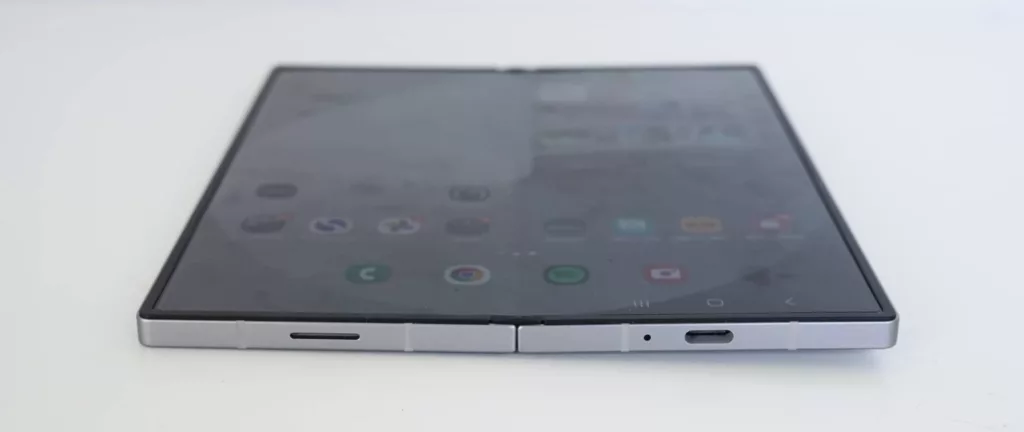
Features
Inside, there are changes to the chip and its capabilities, and that is thanks in part to the Qualcomm Snapdragon 8 Gen 3 found inside. As with other flagships, Qualcomm’s shining glory for 2024 is in this phone, complete with all of its 5G and AI capabilities.
That’s the major change on the inside, though you’ll also find a decent amount of wireless options, covering sub-6 5G with support for the older 4G networks, too, alongside Bluetooth 5.3, 802.11a/b/g/n/ac/ax WiFi 6E, Near-Field Communication (NFC) for Google Pay and Samsung Pay, GPS, and USB-C. That USB port is the one physical connection on the phone, and it’s used for charging, data, and wired earphones if you have them, though they’re not in the box.
There are also several cameras on the Z Fold 6. The back sees a 50 megapixel F1.8 wide camera, a 12 megapixel F2.2 ultra-wide, and a 10 megapixel F2.4 3X telephoto, while there are also two cameras above each screen. The front cover screen gets a 10 megapixel F2.2 selfie camera, while the inside screen sees a 4 megapixel F1.8 that’s actually under that big display on the inside.
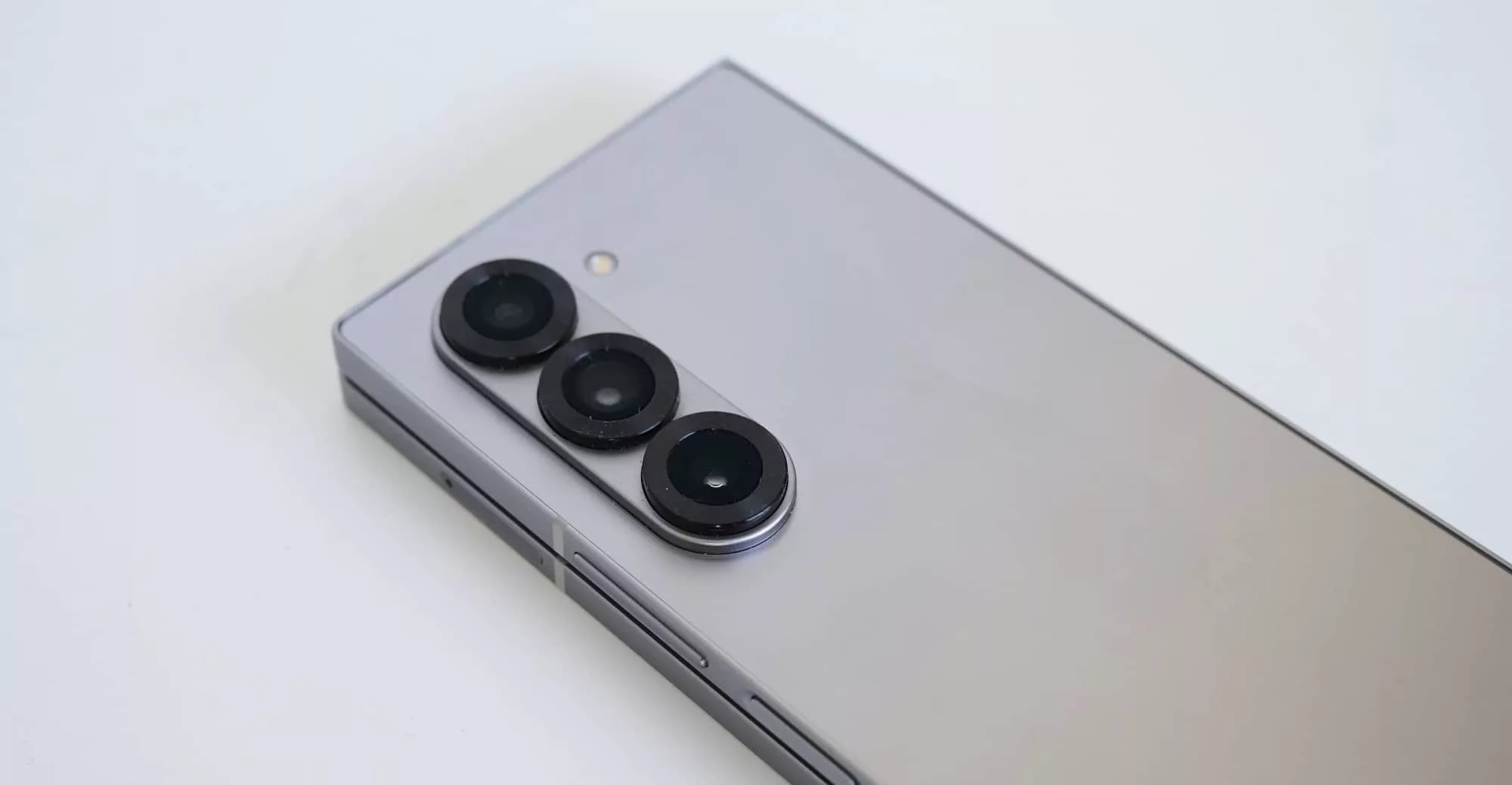
Everything else is about normal, though: there’s 12GB RAM and a choice of either 256GB, 512GB, or 1TB storage, with Android 14 arriving out of the box. We’re reviewing the 256GB model, in case you’re curious.
The phone sports a 4400mAh battery with options for both wired and wireless charging, and the handset comes with an IP48 rating, giving it some resistance to dust and particles (the 4) and decent resistance to water (the 8), an upgrade over the IPX8 rating from previous models which weren’t rated for dust.
A fingerprint sensor can also be found in the power button on the side, with a volume button just above.
| Model | Samsung Galaxy Z Fold6 (SM-F956B) |
| Chip | Qualcomm Snapdragon 8 Gen 3 |
| RAM/Storage | 12GB RAM; 256GB-1TB |
| OS | Android 14 |
| Cameras | 50mp wide, 12mp ultra-wide, 10mp telephoto |
| Connections | 5G (sub-6), WiFi 6E, Bluetooth 5.3, GPS, NFC, USB-C |
| Size/Weight | 12.1mm, 239g |
| Price | Starting from $2749 AUD |
Display
One of the less obvious changes is the display, or rather “displays” — plural. We say less obvious because it won’t seem like much has changed on the surface. Both the inside and cover screens are a little wider due to some further slimming of the bezels, the black strip around the display, but they’re not major changes.
The outside cover screen is still the main way many will use the Z Fold 6, because it is the most phone-like of all the screens. It’s now just a little slicker all the same.
Sized at 6.3 inches and running 968×2376, the res is technically HD+, but we’re not sure many will realise. The cover screen uses Samsung’s Dynamic AMOLED 2X tech with a 120Hz refresh rate, making it a slick and bright enough experience.

On the inside, that 7.6 inch screen is provides a compact tablet display, but you can still see the crease in the display, even if it’s markedly better from what we saw only a few generations ago in the Z Fold 3.
Samsung hasn’t managed to completely remove it, but the impact is less of a thing. The resolution is at least better, sporting 2160×1856 on the same Samsung Dynamic AMOLED 2X tech, running at 120Hz and getting support for the S-Pen on this screen. No S-Pen support on the cover screen, though, just the inside one.
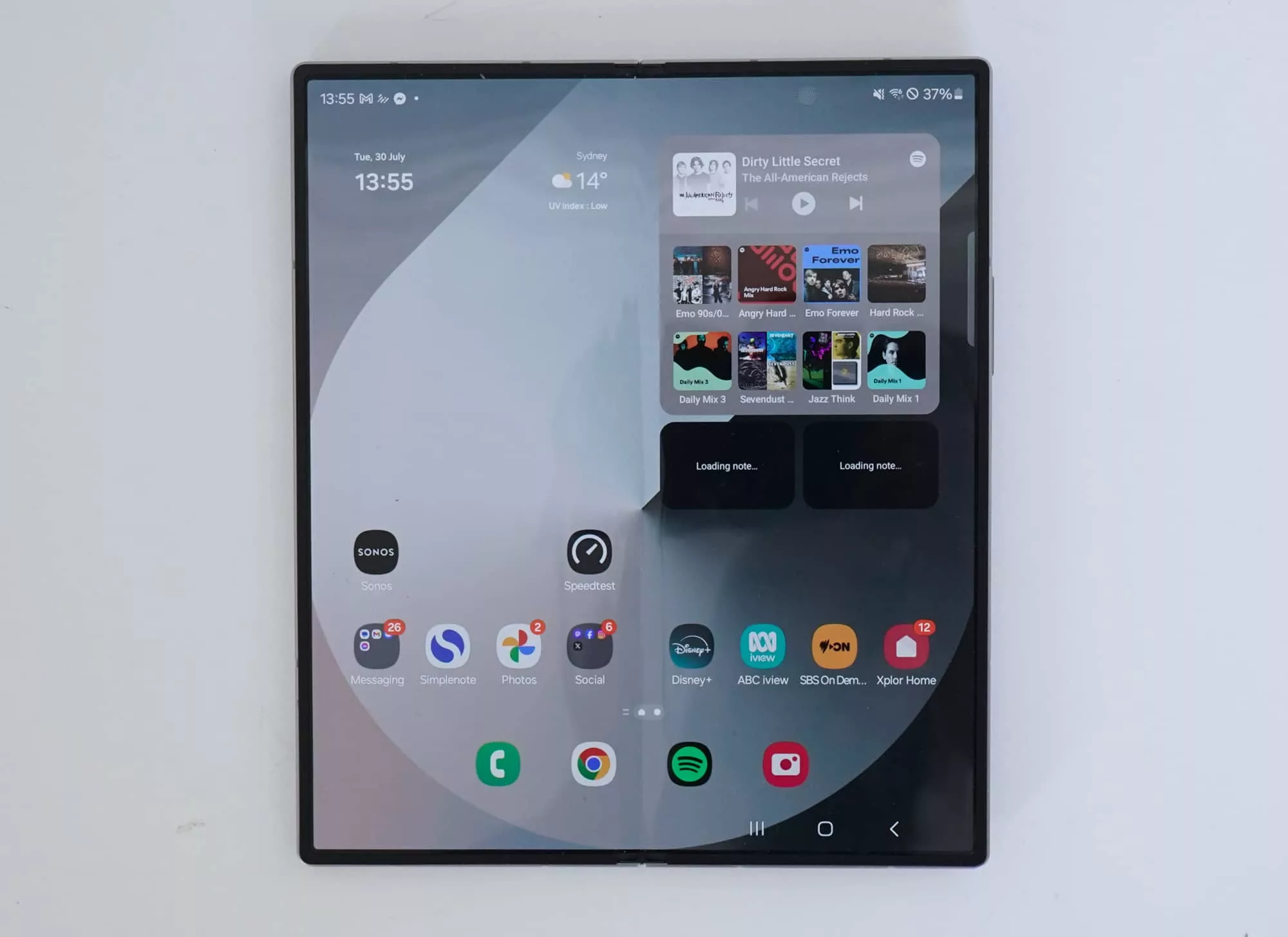
In-use
For the most part, using the Z Fold6 is like using any other Android phone, except until you open it up. Closed and in its obvious phone mode, this phone feels like a phone, and even performs like one. Easy.
Open the hinge, however, and you get a tablet that can either clone your phone’s home screen layout, or offer something completely different. The inside screen is larger and more like a tablet, supporting the S-Pen if you have one (which unfortunately isn’t included in the box), and allowing you to do more tablet-y things. Bigger browsing and enlarged apps are the obvious approach, or just watching videos on a larger screen.
Doing the latter might seem like a win, but because the tablet approach isn’t a widescreen, the larger view isn’t significantly larger than any other phone you might use.
Likewise, opening the phone into tablet mode also gives you the ability to capture selfies using the more powerful rear camera, all while you look at yourself into the front screen. This isn’t bad, and is rather like what foldable phones like the Motorola Razr 50 Ultra can muster.
The catch, though, is that holding a tablet to do this is rather cumbersome, and may see you inadvertently leaving the camera mode because you accidentally touched something on the tablet.
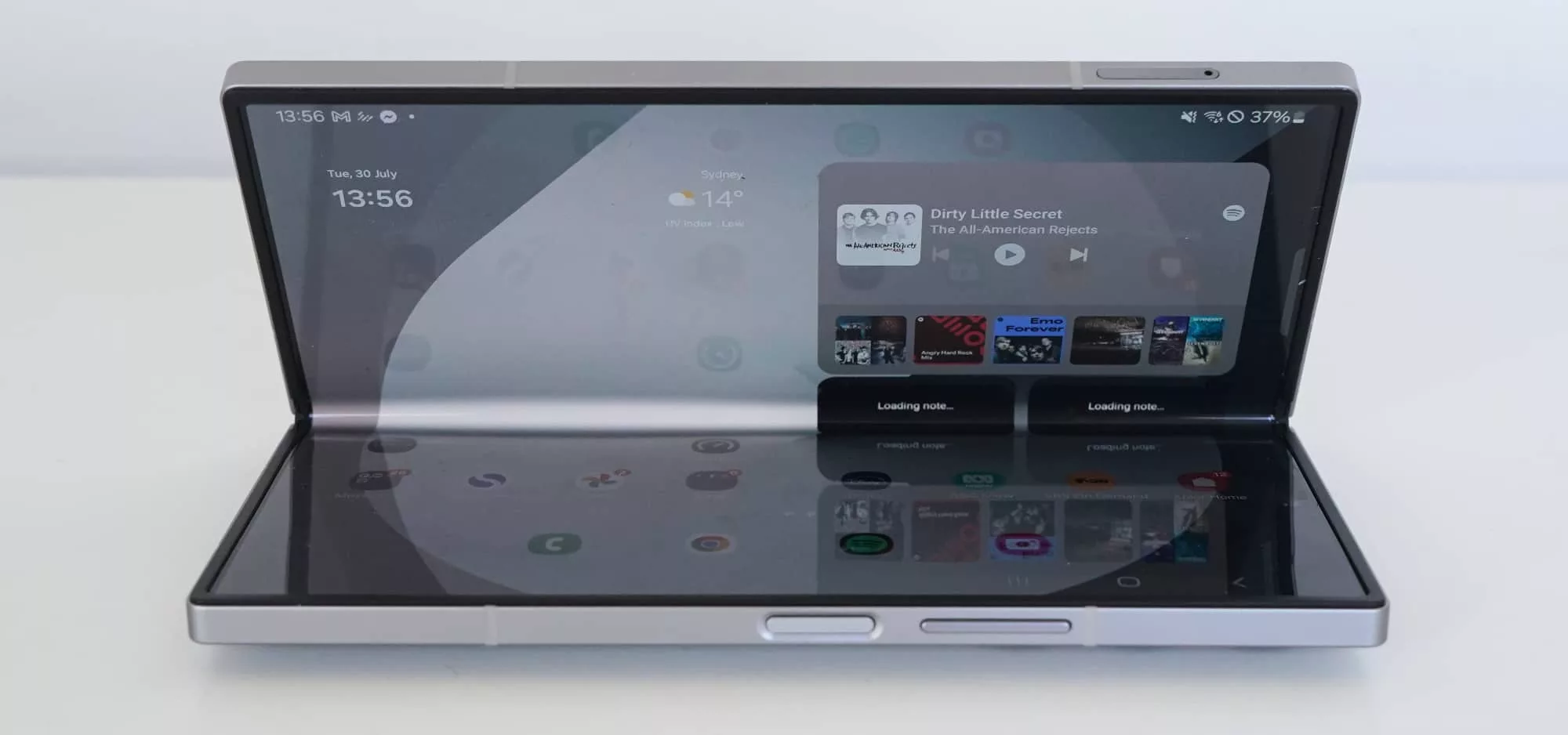
Usability is a bit of a mixed bag for the Z Fold 6. However, there are also positive uses for foldable phone-tablet hybrids.
We found they’re especially useful in the kitchen, quickly allowing you to expand the phone so that it looks like a tablet, expanding the recipe listing and giving you more screen real estate.
The Z Fold 6 also has the privilege of being a water resistant tablet, something so few models ever are. Not a single iPad generation supports water resistance, and few Android tablets do, too. That makes the Z Fold range special: they’re both phones and tablets sporting water resistance. Nice.
AI features
One of the main additions in a 2024 flagship phone is the inclusion of AI, and just like other Galaxy models this year, we’re seeing it here, too.
Like the S24 range launched earlier this year, the emphasis on Galaxy AI is on adding things to your life, such as having the system compile notes or summarising things for you. That can be helpful, and tends to work provided you use Samsung’s own apps.
New to the Z Fold 6 package is the ability to draw in parts of a scene and have Galaxy AI come up with suitable additions to that image. This tends to work for small scenes, but seems to fail when photos of people are involved. Try and draw a crazy moustache on yourself, and Galaxy AI won’t compute the result. Sigh.

It’s great at pets, however. We managed to set Pickle the Dachshund in a fetching white skirt and crown, complete with a purple flower drawn by a six year old. AI filled the blanks and a regal doxie was born.
You can also easily create a bunch of AI portraits of yourself, which spits out surprisingly high-res cartoon, comic, and 3D-styled versions of you. Hopefully you don’t look like the criminal version of Mario or Luigi as this journalist did.




One extra AI feature we’d love to be able to use more is a translator, which can turn the dual-screened Z Fold 6 into a two-directional language translator. You’ll see words on the inside and another person can find the translation on the outside, potentially allowing you to communicate with another person in another language.
It’s not quite the universal translator in Star Trek, but it’s an interesting step towards it.
Language translation may be among the only Galaxy AI feature that grabs us from the Z Fold 6, though as to whether it’s worth the cost of admission remains to be seen. AI-enhanced phones are new enough, and other phones could see similar features like this pretty soon, too.
Performance
Power on that phone and you’ll be able to see the Snapdragon 8 Gen 3 in action, a beast of a chip that delivers plenty of performance, as seen in our benchmarks.
We’ve only seen a handful of phones in 2024 that saw this chip, but every single has one delivered scores of system performance, which should be more than enough for apps and games for several years. It’s just that good.
Benchmarks put the Fold 6 up with the best phones, something that won’t come as a surprise given the hardware inside, but it’s still nice to see how solid this thing is.
It’s also impressive to see how strong the Z Fold 6 is against its predecessors. Granted, there are a few generations of difference, but the results are between two and three times faster models from one to three years ago, giving you an idea of just how much has changed in chip technology.
Mobile performance is equally strong, the 5G hardware limited to sub-6 but still kicking on in a positive way.
Testing the Z Fold6 in Australia on the Telstra 5G network, we found speeds as high as 478Mbps in our tests, meaning there’s plenty of mobile performance to be found here.
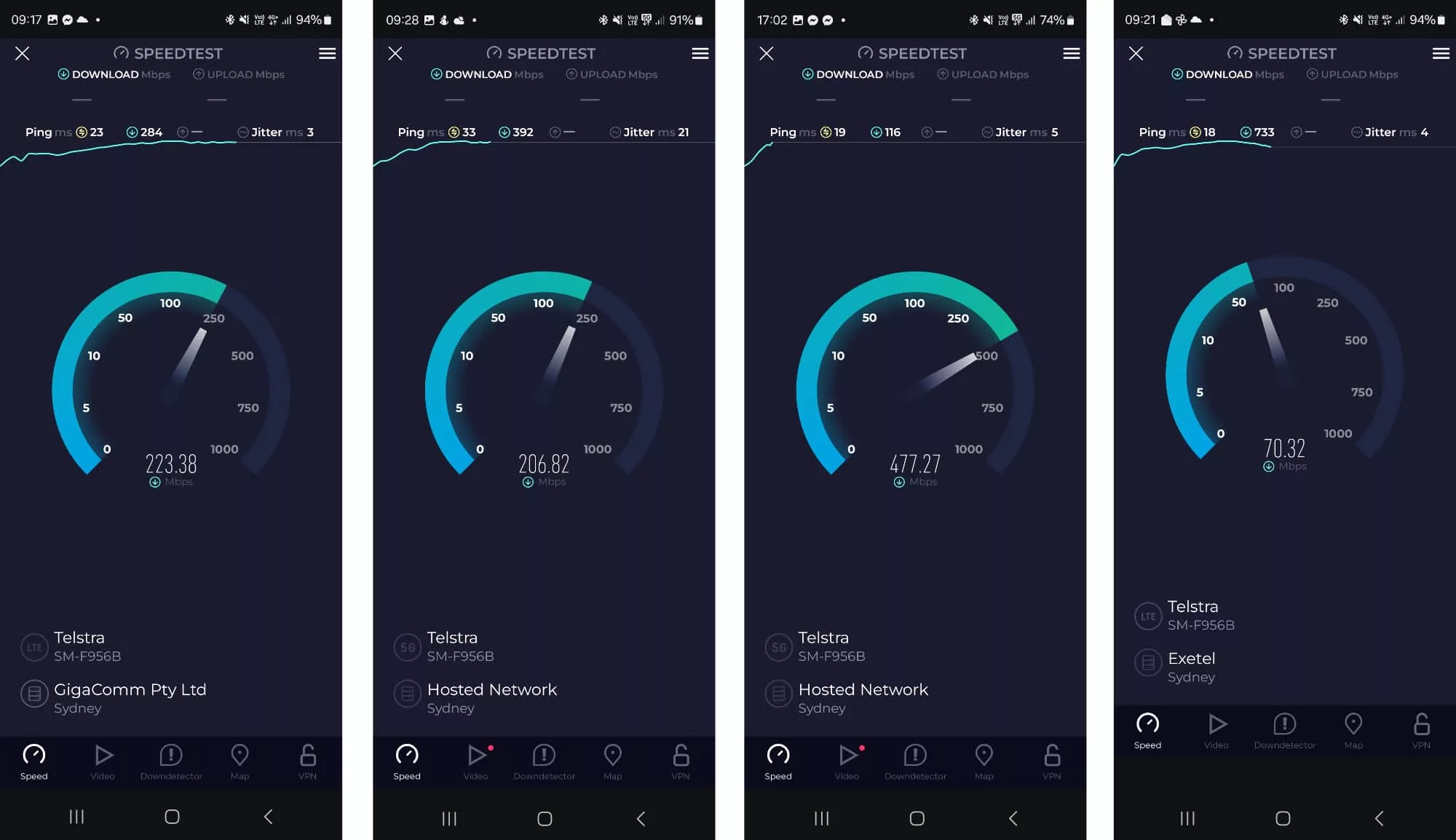
As usual, your mileage may vary based on where you are at the time and how busy the network is, but certainly going on 5G alone, there’s oodles of mobile capability in this phone and tablet, for sure.
Camera
One area that bothers this reviewer greatly is the camera: it’s not bad, but it feels like nothing has really changed. Worse, we’ve seen an excellent camera system from the S24 Ultra this year, and that’s not in the Z Fold 6. Not. A. Bit.
Over on the S24 Ultra, you can find a clever combination of a 200 megapixel wide camera, 12 megapixel ultra-wide, 10 megapixel 3x telephoto, and a 50 megapixel 5x telephoto. There’s a lot of grunt and capability.
Here on the Z Fold 6, is a 50 megapixel wide, 12 megapixel ultra-wide, and 10 megapixel 3x telephoto. So that’s part of the system, but not a major part.

The 200 megapixel sensor on the S24 Ultra isn’t even that new, either. It was also on last year’s S23 Ultra, and before that, there was a 108 megapixel sensor. Granted, megapixels aren’t everything, but for the Z Fold 6 — the pinnacle of Samsung’s technology — to not include the larger sensors, well that’s just a surprise. A surprise and a shame.
Despite this, you can still find excellent results on the Z Fold 6 camera, even if it’s not quite the best-in-class tech found on Samsung’s other flagship phones, which clearly just muddies the water somewhat.




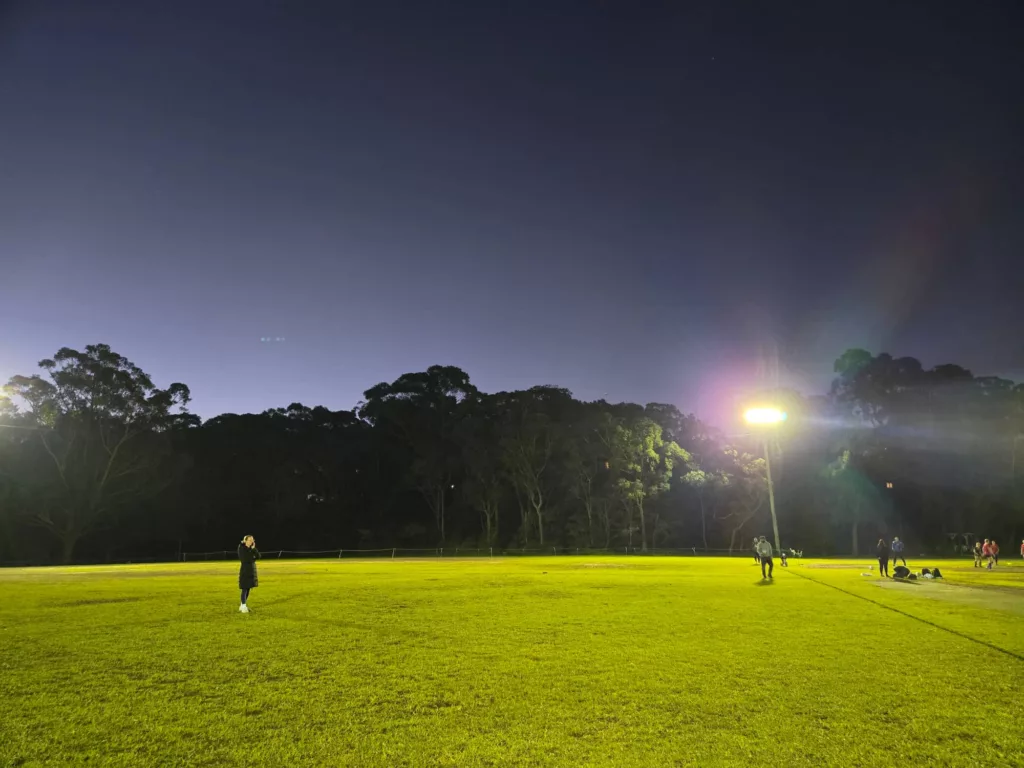
Battery
Fortunately, the battery is better than we expected, managing a good day and a half of life without problems, though heavy users will want to charge nightly.
That’s likely thanks to the improved power efficiency of the new chip, especially as the 4400mAh battery is the same as last year, much like the camera.
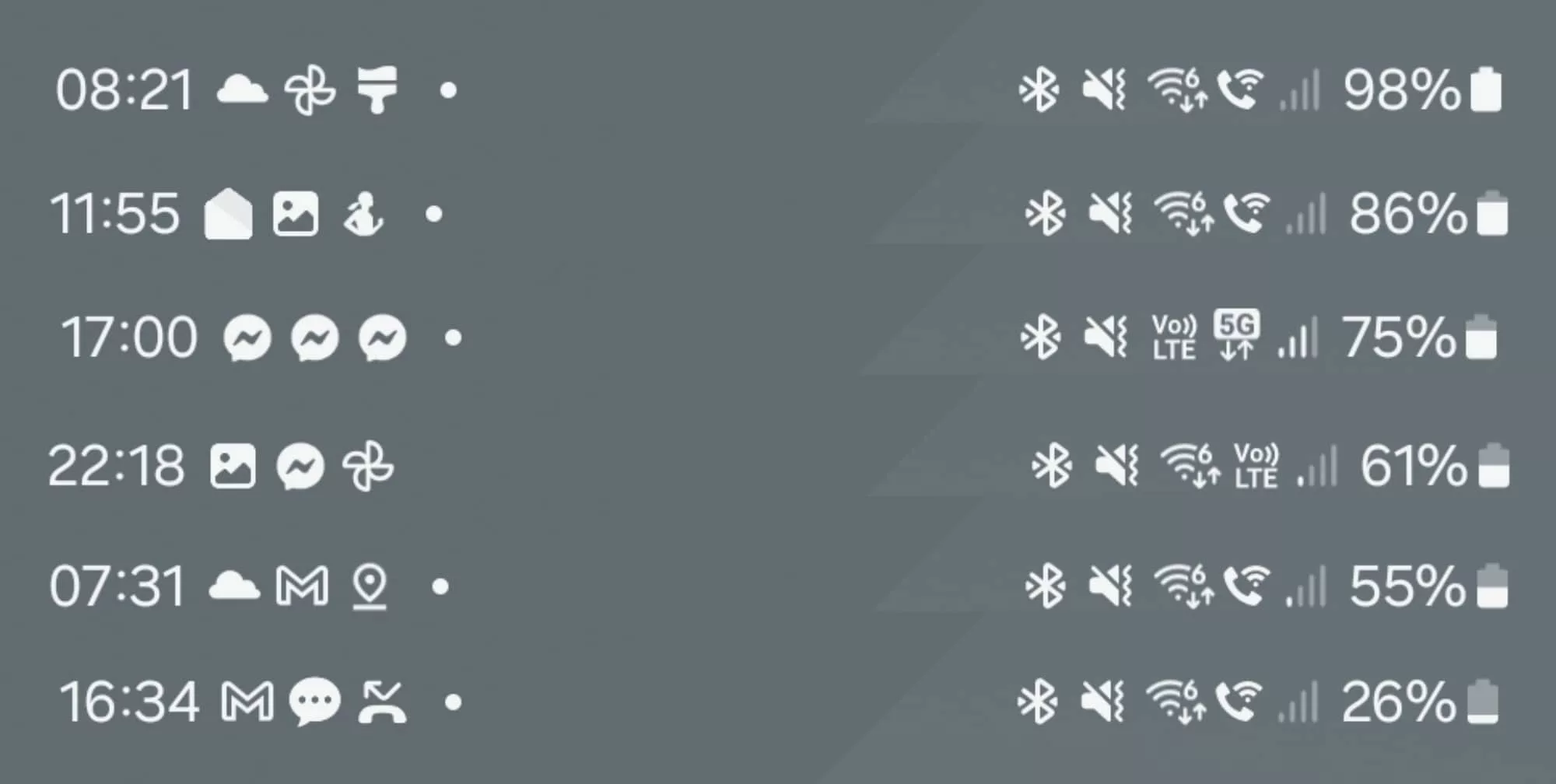
Value
A big problem is the price. Starting at $2749 in Australia for the 256GB Z Fold6, and fetching as high as $3299 for the 1TB model, this is not a cheap phone.
It’s foldable technology, so you probably realised that going in. Foldable phones aren’t inexpensive. However, it’s the lack of any real extras that bother this reviewer about the lack of value overall.
For starters, there’s no case in the box. You get the phone. That’s all you get, too, because there’s no S-Pen, which is an optional extra even though the S-Pen is built right into the S24 Ultra.
We’re a little surprised Samsung hasn’t been able to integrate the S-Pen directly in the frame under the screen yet, but it’s hardly a huge deal. Not including the pen, however, that’s more frustrating, because you need a case with the S-Pen integrated, costing around $126 for the privilege.
Overall, the value feels worse than normal. The Z Fold6 is an expensive phone with little to no value argument.
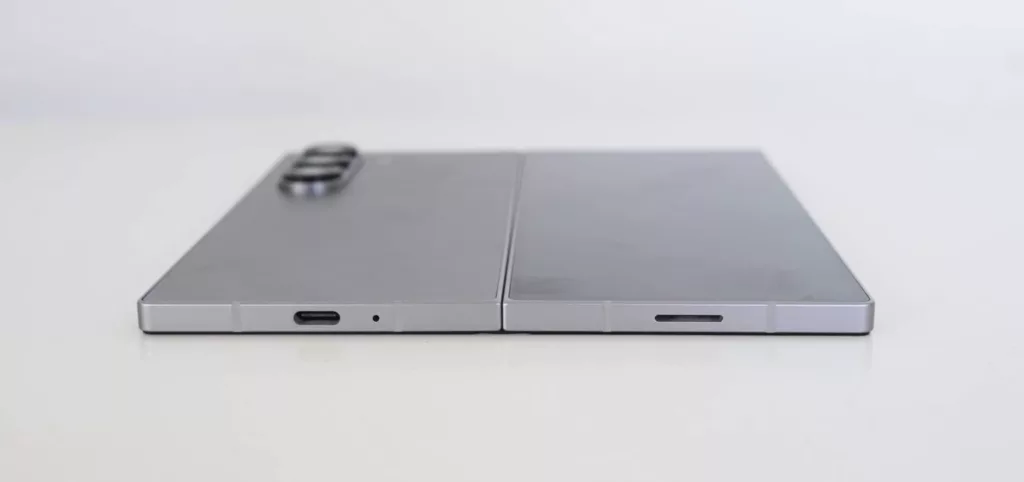
What needs work?
It’s not just the lack of perceived value, but also the lack of major improvement.
Yes, the spec has changed: you now get the fastest chip 2024 has to offer, the Snapdragon 8 Gen 3. That’s a win. And you get an improved screen on both sides of the phone. You even get some AI that may or may not be helpful.
The problem is that’s about all the extra you’re getting.
The camera is older and the use-case is roughly the same. It can even be a little slow at times. The Z Fold6 has improvements, but they’re not as big of a deal as you might expect, and that’s our problem with this phone.
You don’t even get Qi2 charging, even if the back is encased in glass. We haven’t seen any Qi2 Droids this year, and it would have been nice for the biggest and most pricey foldable of 2024 to sport the tech.
Our other major issue with the Z Fold 6 is that outside of the changes to thickness and weight, the changes are mostly minimal compared to the Z Fold 5. There’s virtually no reason to upgrade, and owners of previous models might struggle for a reason right now, as well.
Yes, the new Z Fold is thinner and lighter. It’s also slightly faster and sports some AI. But the changes aren’t considerable enough to make you say “wow, I really need to upgrade”.
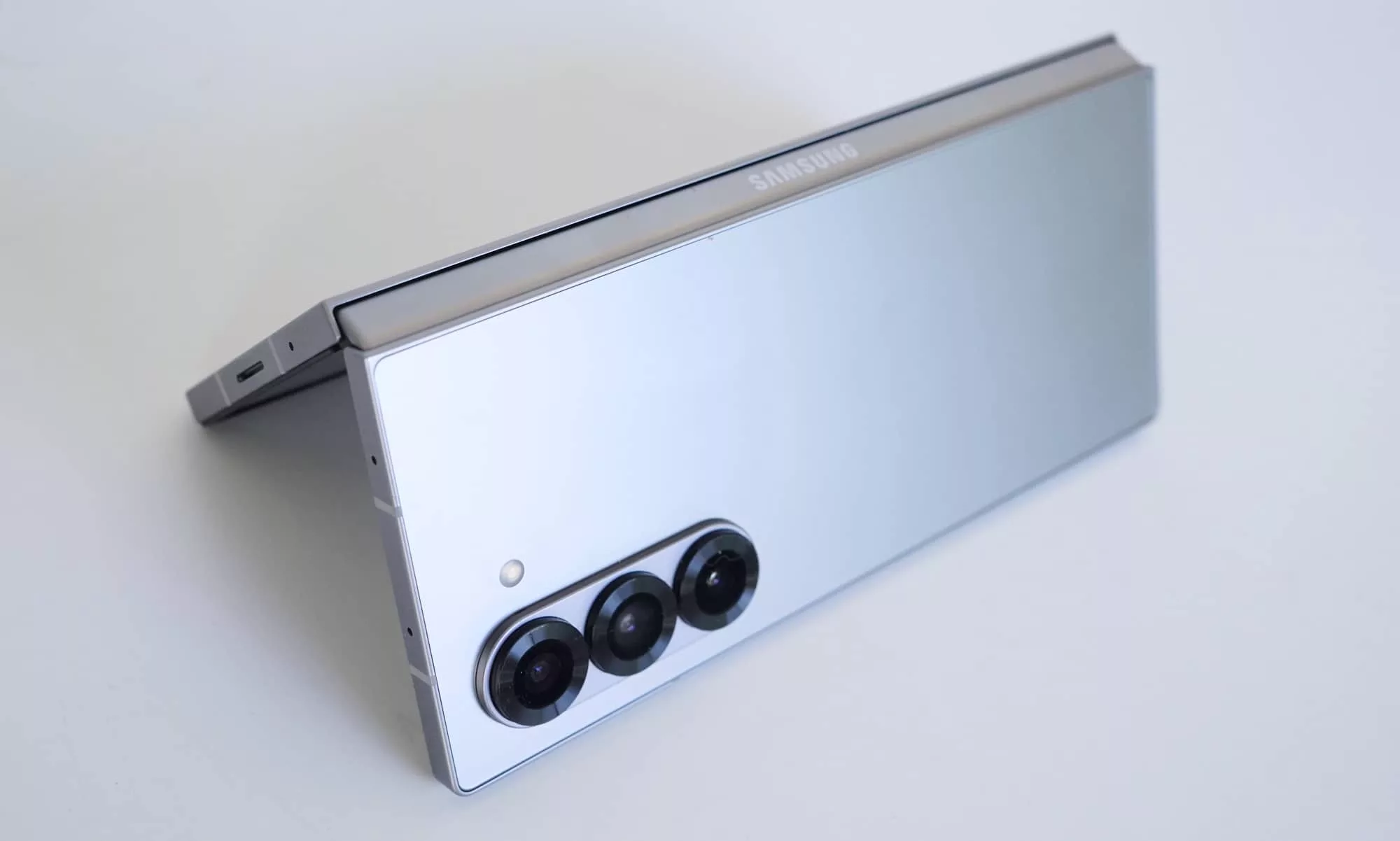
Final thoughts (TLDR)
Right now, though, the Galaxy Z Fold 6 is just about the best foldable tablet-phone hybrid in the market… because it’s also the only major foldable tablet-phone hybrid in the Australian market. So… yay?
In all seriousness, there are a lot of reasons to consider the Z Fold 6, namely if you want a phone that does double duty as a tablet. Don’t need both? This one makes all the sense.
That said, there’s about $600 between the S24 Ultra with the S-Pen and the more expensive Z Fold 6 without the S-Pen. Factor in the S-Pen and it’s closer to $750. That’s nearly a thousand bucks more for a foldable screen and a less impressive camera system. You can already see where we’re going with this line of thought, clearly.
Frankly, if you wanted a big phone with the best technology Samsung has to offer, the Galaxy S24 Ultra makes more sense. However, if what you want is a tablet for your pocket, the Z Fold 6 is it.
In 2024, the Z Fold is a still one of the better devices in its category. However, it doesn’t compete with all that much at the moment, and it may not take long for some other brand and gadget to knock it from its position. Frankly, it may not have to do much more than innovate in this space with more useful features, which is precisely what Samsung needs to do, too.
